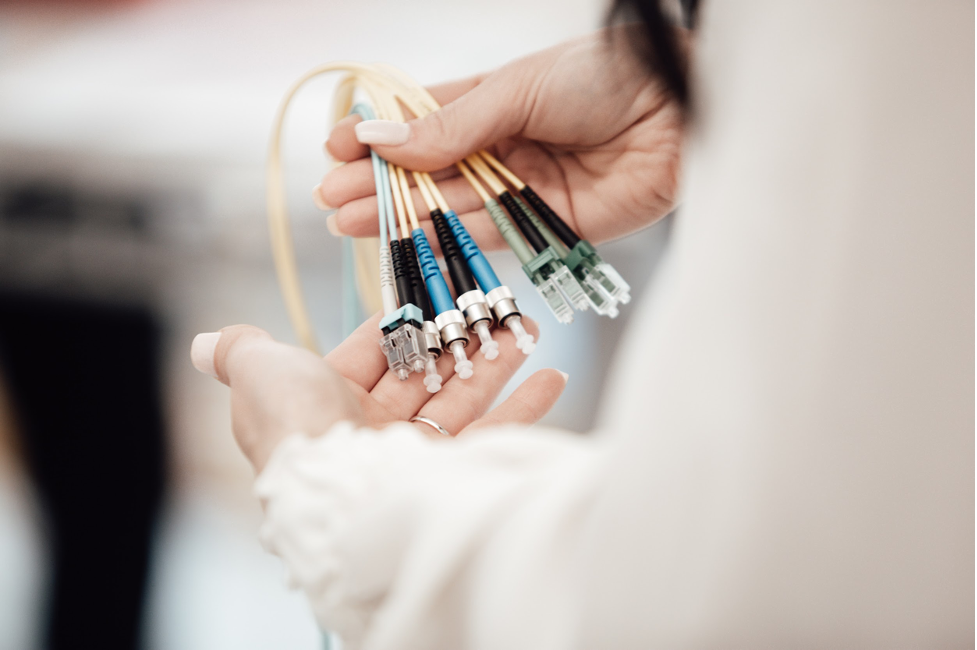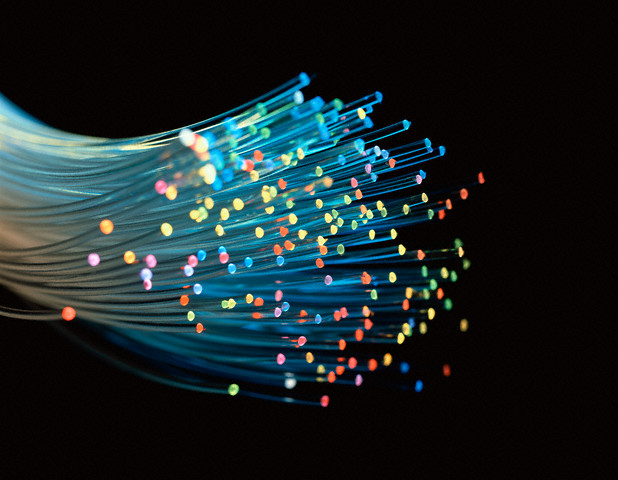
by ainet_admin | Jan 10, 2023 | Fiber Network
Are you looking to install fiber optics, or are you curious about how fiber optics installation works? Well, whatever category you’re in, this article will answer your questions. Fiber optics can be installed in several ways, but we delve into that, let’s...

by ainet_admin | May 18, 2022 | Fiber Network
When searching the internet for the definition of fiber, you will get “a thread or filament from which a vegetable tissue, mineral substance, or textile is formed.”I agree, it’s a bit confusing when you put the word fiber next to the word “network”, I mean what do...

by ainet_admin | May 18, 2022 | Fiber Network
Businesses today are more data-hungry than ever. The aggressive digital transformation during the last decade has reshaped the data center landscape all around the world. As the IT requirements continue to become more complex, we need a well-planned advanced strategy...

by ainet_admin | May 18, 2022 | Fiber Network
How Fiber Network Benefits Businesses? In today’s business environment, an internet connection is the backbone of all sorts of communications. You install advanced tools and technologies to scale up your operations. But without fast and reliable network support, all...

by ainet_admin | May 18, 2022 | Fiber Network
What Is Fiber Optic Network? Data connections carried by cables with plastic or glass fibers are known as fiber optic network. Data is transmitted through them as beams of light pulsing in patterns. Compared to regular cables, fiber optics are almost twenty times...

by ainet_admin | May 18, 2022 | Fiber Network
When the Romans developed lead pipes some 2000 years ago, they must have been beyond excited with the level of ease it must have caused them. Moving water through those pipes at that time was indeed an invaluable feat. Now, imagine moving massive digital data through...







